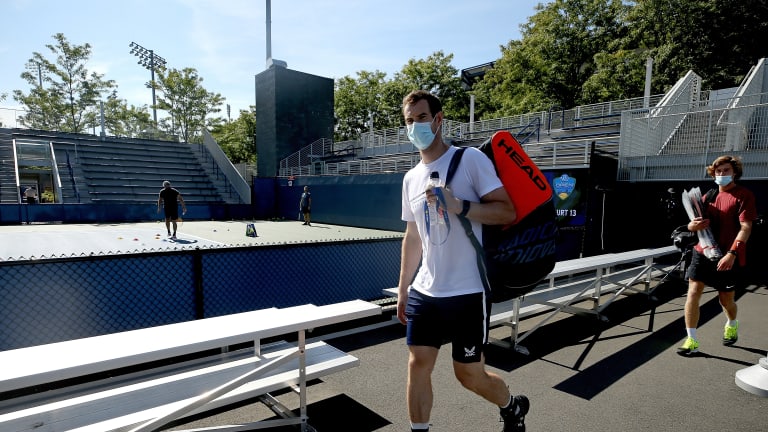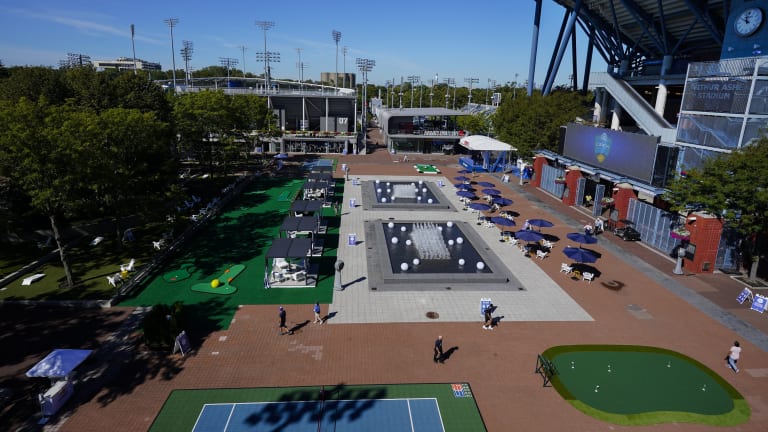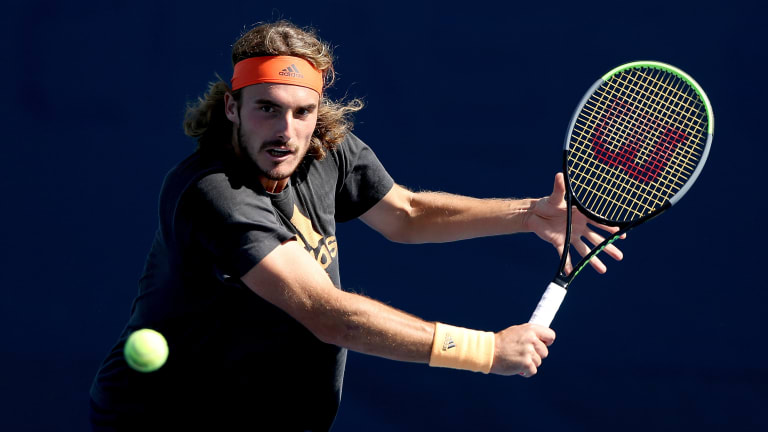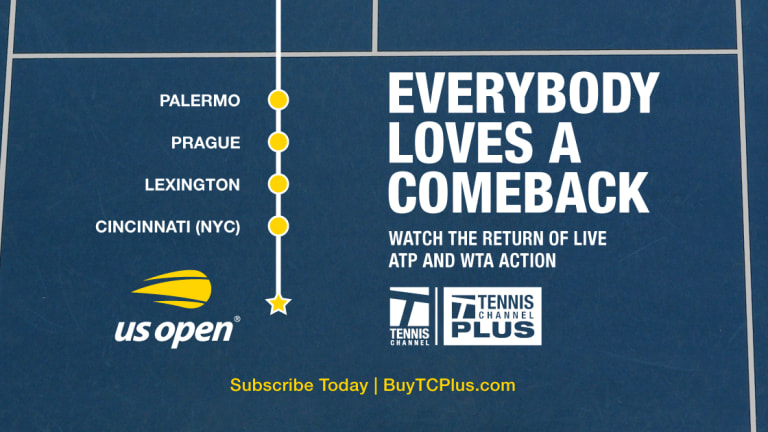Cincinnati, USA
The Rally, Bubble Edition: How will a unique US Open affect attitudes?
Aug 21, 2020Cincinnati, USA
From Queen of Clay to fast-court champion: Iga Swiatek's serve delivers Cincinnati title
By Aug 19, 2025Cincinnati, USA
Iga Swiatek storms to Cincinnati Open title over Jasmine Paolini
By Aug 19, 2025Cincinnati, USA
Carlos Alcaraz wins Cincinnati Open title after Jannik Sinner retires with illness
By Aug 18, 2025Cincinnati, USA
Iga Swiatek vs. Jasmine Paolini: Where To Watch, Cincinnati Open Preview
By Aug 18, 2025Cincinnati, USA
Iga Swiatek now a win away from returning to No. 2 ranking after reaching Cincinnati final
By Aug 17, 2025Cincinnati, USA
Jannik Sinner vs. Carlos Alcaraz: Where To Watch, Cincinnati Open Preview
By Aug 17, 2025Cincinnati, USA
Carlos Alcaraz beat an ailing Alexander Zverev to set up another final with Jannik Sinner
By Aug 17, 2025Cincinnati, USA
Kudermetova vs. Paolini, Rybakina vs. Swiatek: Cincinnati women's semifinal previews
By Aug 17, 2025Cincinnati, USA
Cincy Diary: Coco Gauff’s US Open climb gets steeper, and a shell-shocked Ben Shelton hits a wall
By Aug 16, 2025The Rally, Bubble Edition: How will a unique US Open affect attitudes?
As much pressure as a tennis player can feel at key stages, might the incredible perspective gained in recent months make it somewhat easier to compete?
Published Aug 21, 2020
Advertising

The Rally, Bubble Edition: How will a unique US Open affect attitudes?
© Getty Images
Advertising

The Rally, Bubble Edition: How will a unique US Open affect attitudes?
© Copyright 2020 The Associated Press
Advertising

The Rally, Bubble Edition: How will a unique US Open affect attitudes?
© Getty Images
Advertising

The Rally, Bubble Edition: How will a unique US Open affect attitudes?
© Copyright 2020 The Associated Press. All rights reserved.
Advertising

The Rally, Bubble Edition: How will a unique US Open affect attitudes?